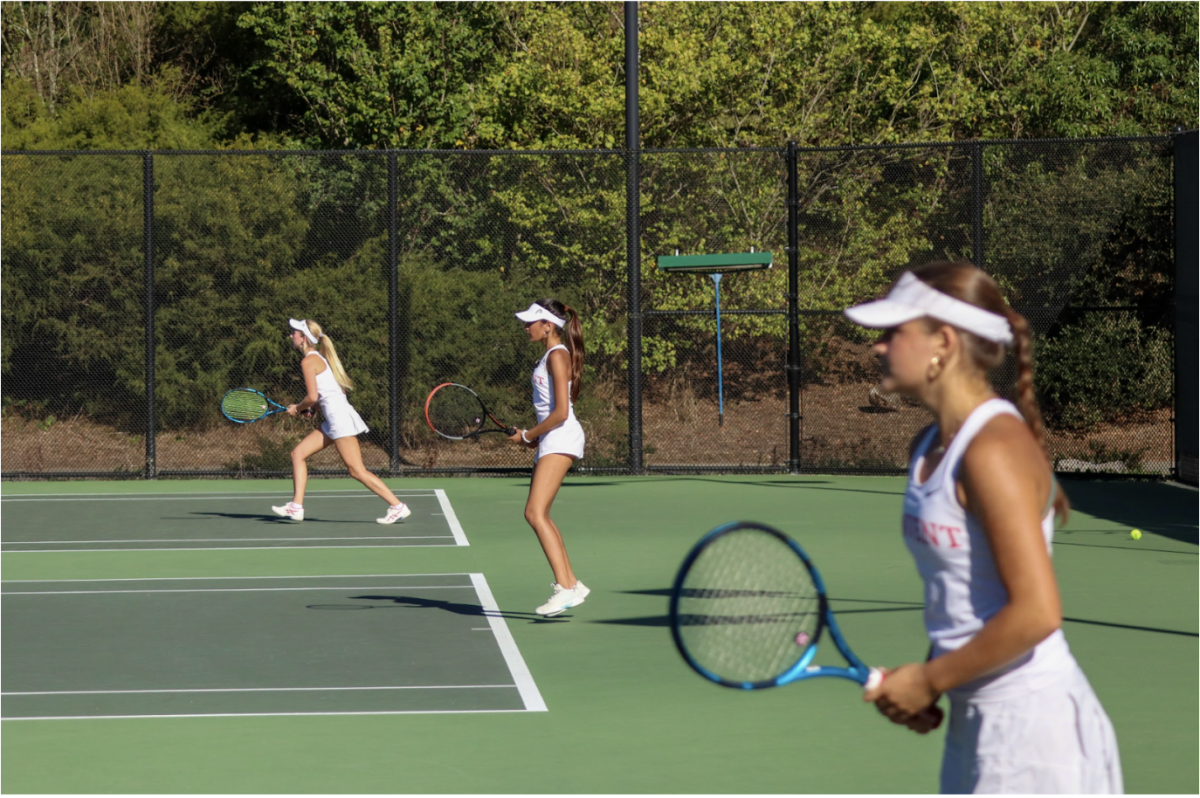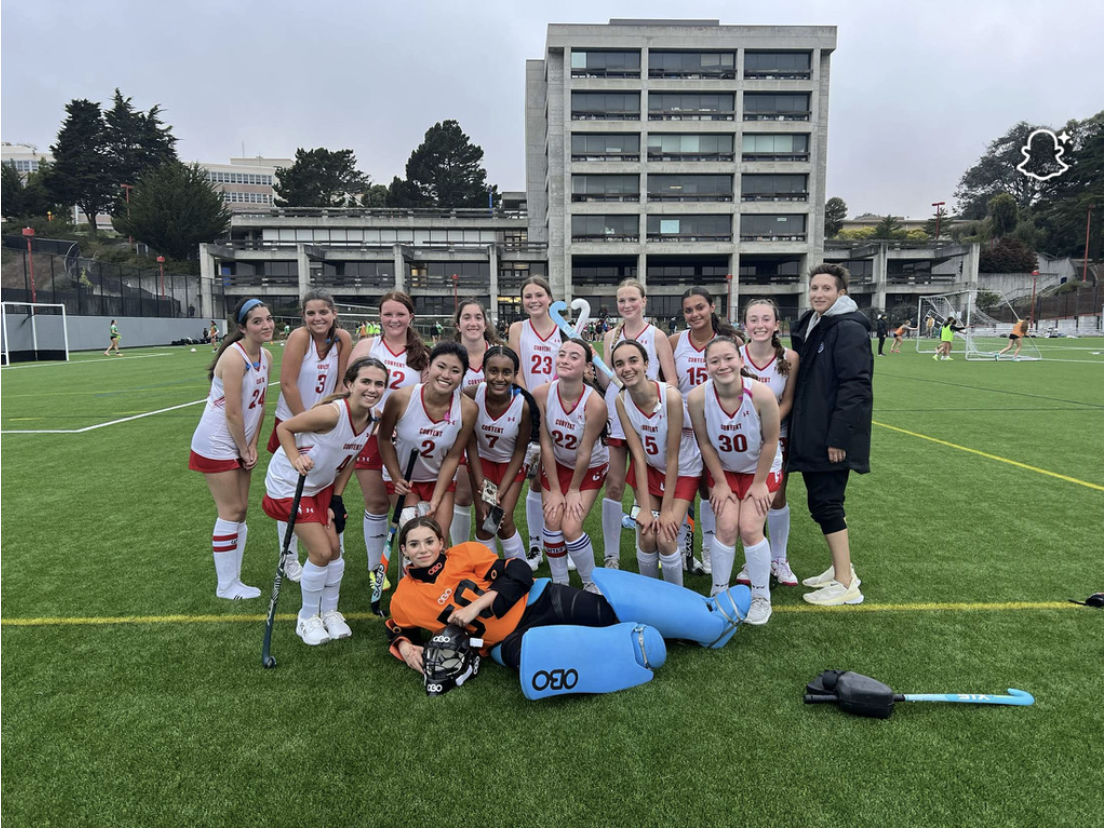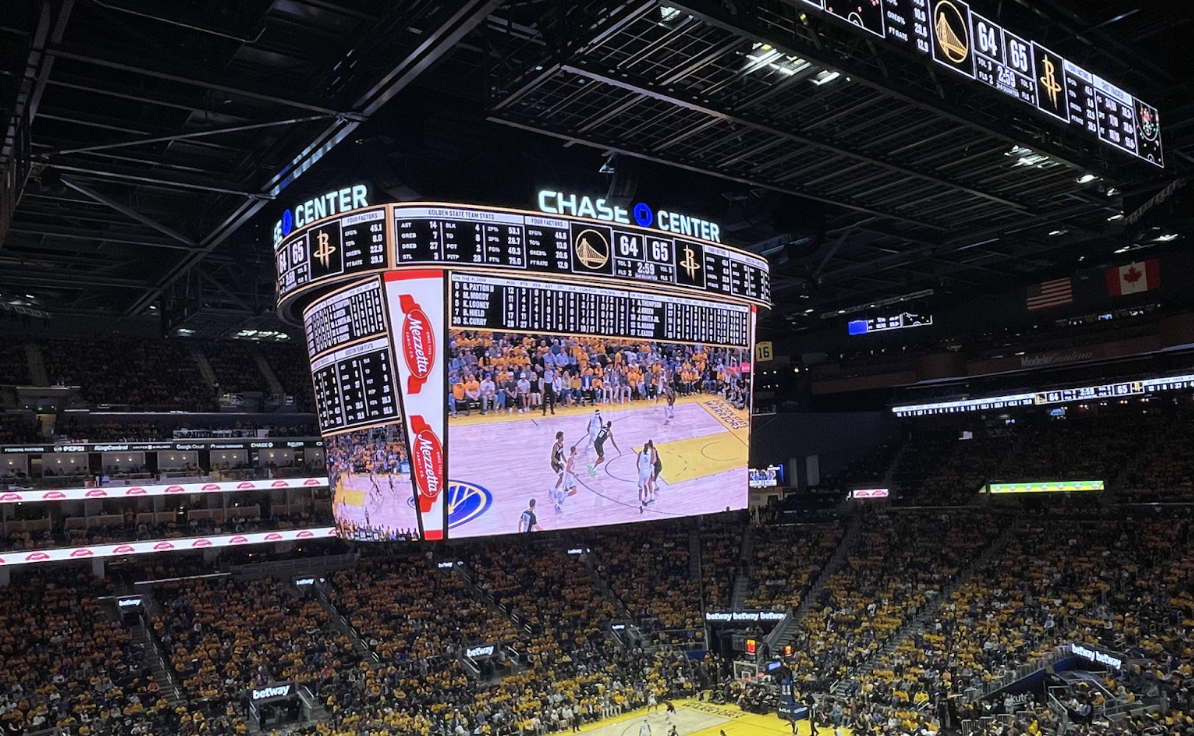 TaLynn Mitchell
TaLynn Mitchell
Reporter
With the recession creating a financial drain for both public and private colleges, student athletes looking to be recruited for collegiate sports are facing even more competition for scholarships.
Student athletes such as Scarlett Kirk, who has been playing basketball since she was 5 years old and plans to play in college, participate on advanced club teams that attract college scouts to their competitions as a way of increasing the odds of being selected.
“It is very competitive at the competitions,” said Kirk who plays basketball and soccer on club teams. “You want to show the scouts that you are worth their time and are skilled at your sport.”
Only 6 percent or fewer of hardworking student athletes will compete at a college level, according to Stateuniversity.com, demonstrating the reality of the process, the hard work and dedication required to become a student athlete.
A high school athlete may only receive an inquiring letter from a potential school the summer before her junior year, under National Collegiate Athletes Association (NCAA) guidelines, although a college may still converse with the student about opportunities available at the school.
Kirk, a senior who plans to play both college soccer as well as basketball, has received letters from universities — such as Amherst, Middlebury and Emery —who want her to be aware of the school as she starts her college process.
“I was contacted within my freshman year of high school for both soccer and basketball,” said Kirk. “Scouts set up interviews with me when they realized I was interested. I was able to stay the night at a school with a teammate as well as sit in on a game.”
Prospective schools often look at an athlete’s national and sectional place within a league when recruiting for sports.
“I participate in my sectional team which allows me to see an assortment of scouts at tournaments,” said India Pearce, who plays basketball. “I think this is a fair way of judging because schools range in difficulty so the playing field is evened out by looking at the national and sectional rank.”
Although Web sites provide subscriptions in which they claim to put a young athletes name on a scout “list,” create a sport resume and send it to different coaches, not everyone agrees that this is the best way to be known by potential recruiters.
“I have heard of such subscription Web sites, but the athletes here at CSH do not use those,” said athletic director Elena De Santis. “The best way to get your name out there is to let the school know you are interested in them.”
De Santis advises when looking toward the sports recruiting process the best route is to keep an open mind and as many options as possible.
“The best advice I can give to a student looking to play a sport in college is to take initiative when contacting coaches in your junior year and let them know that you are interested in the university,” said college counselor Rebecca Wandro. “Send an athletic resume as well as a cover letter to promote yourself to colleges.”








